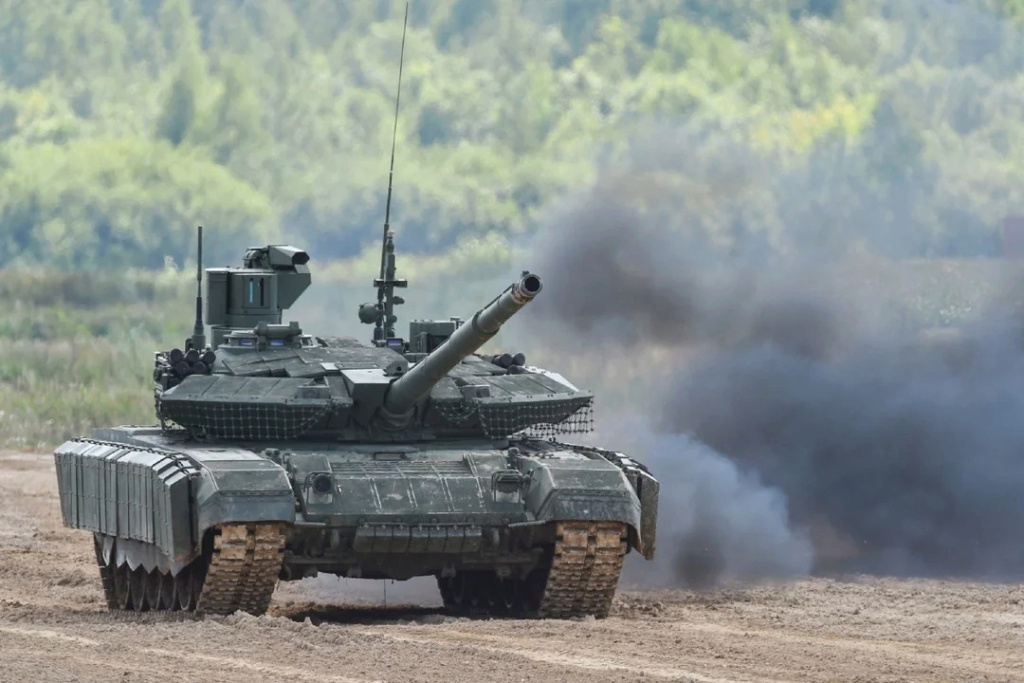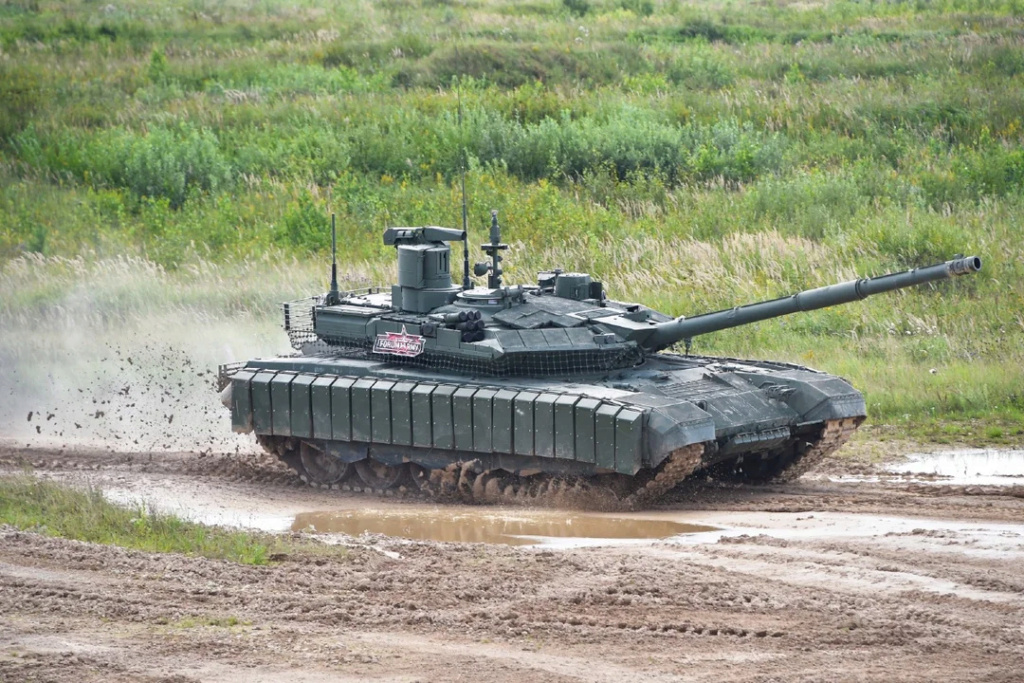Command detonation is not really an option without radars.
Radars would be most effective and might be used on something like the 2S38 vehicle or something, but considering one of the uses is against drones which might have a tiny RCS that renders such a system less effective I still think the idea has merit.
For time fusing the shells (as opposed to proximity fuse) you have to estimate the flight time to the target to set the time for the fuse to set off the explosive, so essentially what you do is you range the target... these days with a laser normally, so the computer on the vehicle knows the muzzle velocity of the shell and its drag and calculates the flight time to the target, which the gunner might modify... for instance if you are lasing a wall or barrier that enemy troops are hiding behind you might add a couple of metres to the range to the wall and then raise the gun to shoot just over top of the wall and fire so the shell explodes past the wall above the enemy troops (which might be watched by a drone to ensure you are not wasting a shell).
With a command detonated shell you can still do all the same calculations but this time the counting system can be on the platform firing the shell so you can spend a small fortune and get the most accurate timer you can afford at the time to send the detonation command at the most precise moment when it should be passing the target or have the target lined up or whatever.
The point is that the precision of the timer is critical to the effectiveness of the round and because you are observing the engagement you can see if it explodes early or late and correct that for the next shot... the point is that the timing system can be more expensive and more accurate and also more precise... a timer counting in four decimal places for fractions of a second gives you more flexibility in where your shell explodes than a shell with only two decimal places for fractions of a second.
For targets with little or no RCS or heat signature can still be lased and attacked and it means the round you are firing doesn't have a super expensive timing system in it... just a signal receiver to tell it when to explode.
For an air defence vehicle like the 2S38 I would say LIDAR might be better for detecting and tracking drones with small RCS and low IR signatures, but I would also say radar and IIR systems should also be used to detect targets too.
The combination of different systems with their results combined will be vastly more effective and efficient than any single system on its own.
I'm assuming that NATO MBTs would eventually have hardkill APS like Afghanit that can intercept subcaliber arrows.
I absolutely agree, but having other options or using different tactics for something they haven't got yet is a bit wasteful.
A cheap simple dumb artillery rocket with a flight range from 500km to about 2,000km with a decent warhead and terminal guidance makes sense, but also of course make versions of Iskander with similar range that can penetrate enemy air defences when needed too.
For most enemies you wont need the sophisticated missiles and where you do you can use them to take out their defences which means then you can use the cheaper simpler missiles for a much wider range of targets that can no longer defend themselves.
I think it would be rather interesting to test these new shells against mockups of western APS systems... they have versions of Krasnopol that can be carried and dropped by drones as a guided bomb... having a proximity fused shell like this you can drop on a tank with forward directed fragments like an AHEAD round would be interesting for hitting the top surface of western tanks. The upper front hull of the Abrams tank is very thin and is really only effective because it has a very shallow angle to line of sight weapons... a round coming down vertically should penetrate that protection very very easily, so PTAB 2.5 munitions would be very effective against the front hull and the turret top and the turret bustle top where the ammo is and of course that engine deck with that jet engine burning hot...
Regarding the range of the kill in the video posted above, 6830 m, the cross hairs and the target do not overlap. I will assume the
range meter is tuned to the cross hair location. So what we see is target closer to the tank than the cross hair aligned point.
I doubt the laser is continuously used as it would give the tanks position away... they are normally in the 950nm range which makes them visible in modern night vision equipment these days. I rather suspect the target was lased at 6.83km which appeared on the display and would not be replaced until another target was lased.
Wow, it took them what, 11 years to actually give a tank fired timed sirburst round to tanks,
No. they have had ANIET for some time but the timers were not amazingly precise so they were not exactly pinpoint accurate.
1 year into a trench war?
Getting it into service faster and having it not work because it was not properly tested is better how?
Potbelly mod boomer priorities are either retarded, or the russians are too incompetent to get a simple timed airburst round, which is much simpler than radar proximity fuses, to perform reliably in a timely manner.
Actually the opposite is true... a radar proximity fuse is basic... a module sends a radio frequency signal... it is not a scanned radar beam by any means... that radio pulse bounces off solid objects and as you get closer to that solid object the reflected signal becomes stronger. Most of the time the power of the shell is used to determine what strength of radio signal return for the shell to fuse and explode... a big powerful shell can be set to explode further away from targets than smaller shells... but most of the time they can be adjusted in the field for bigger or smaller targets.
With a tiny drone there might never be enough radio signal reflected from the target to activate the proximity fuse so you would probably have to rely on a timed fuse instead.
In comparison an electronic timer needs to be incredibly precise... if the enemy are hunkered down in a trench that is half a metre wide you pretty much have to detonate directly above for your fragments to reach down to the bottom of the trench to kill people lying there... after travelling 2-3km with cross winds and different temperatures and humidities getting that shell to explode in the perfect place means you will need to get accuracy or precision of four or more decimal places for your seconds measuring timer to even have a chance.
That is not cheap and because it is in the shell you fired it gets destroyed with every shot.
Moving targets are even more difficult and the claymore feature of these shells will make that more effective because a HE shell that blows forward a shotgun blast of fragments and a supersonic blast wave that just has to explode 5-10m in front of the target makes things much easier.








 ALAMO
ALAMO






